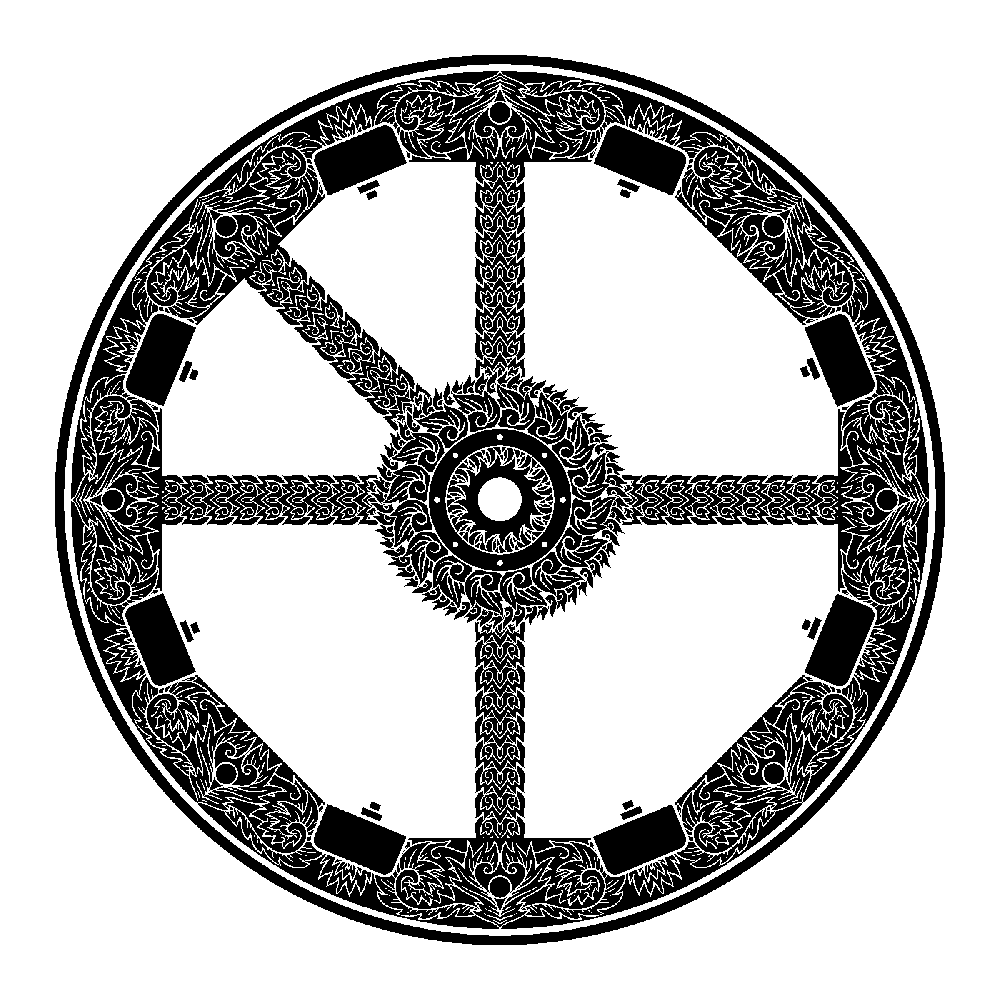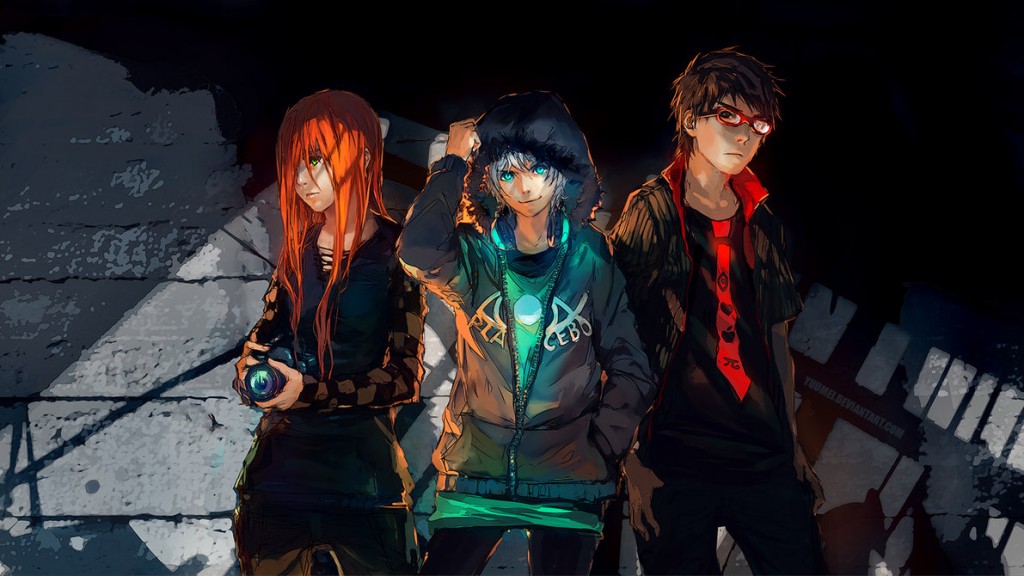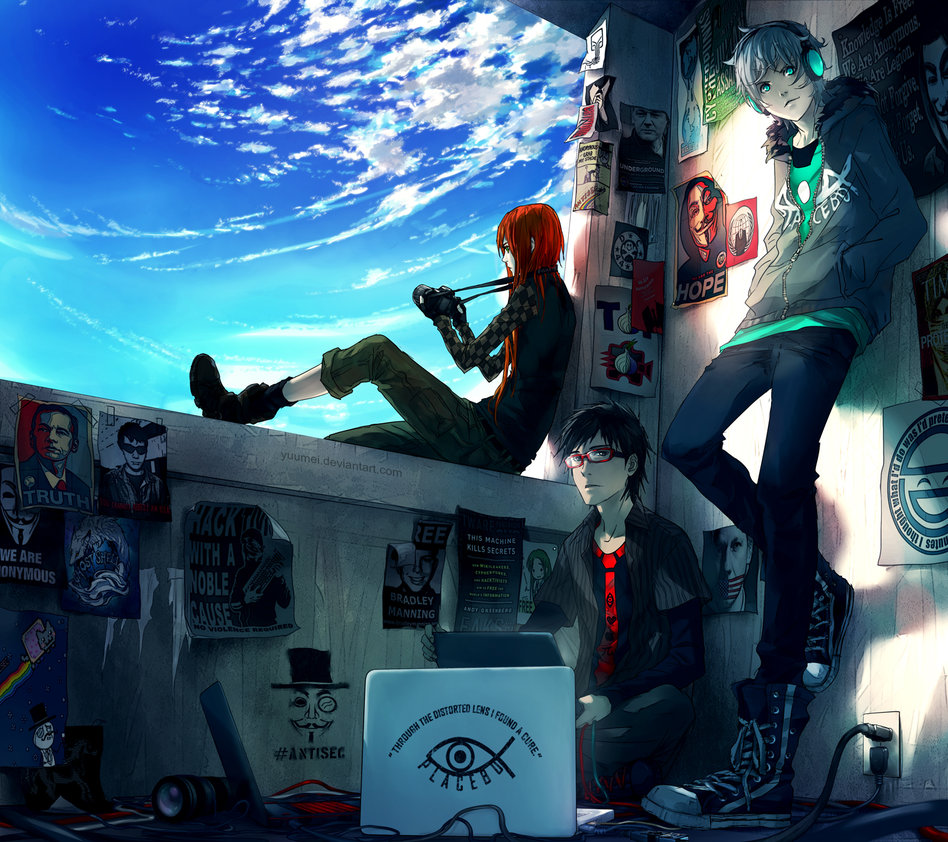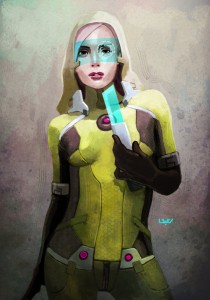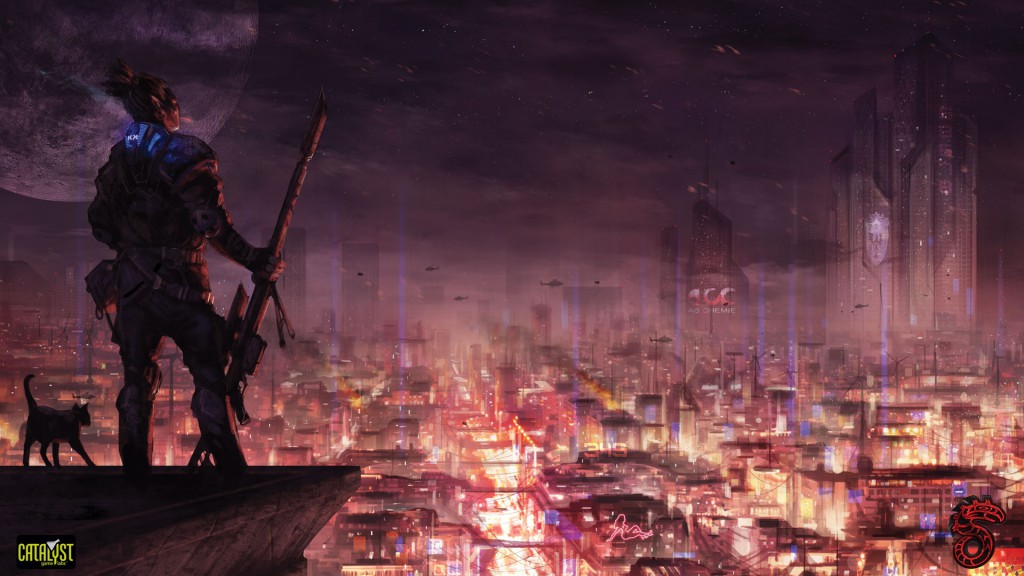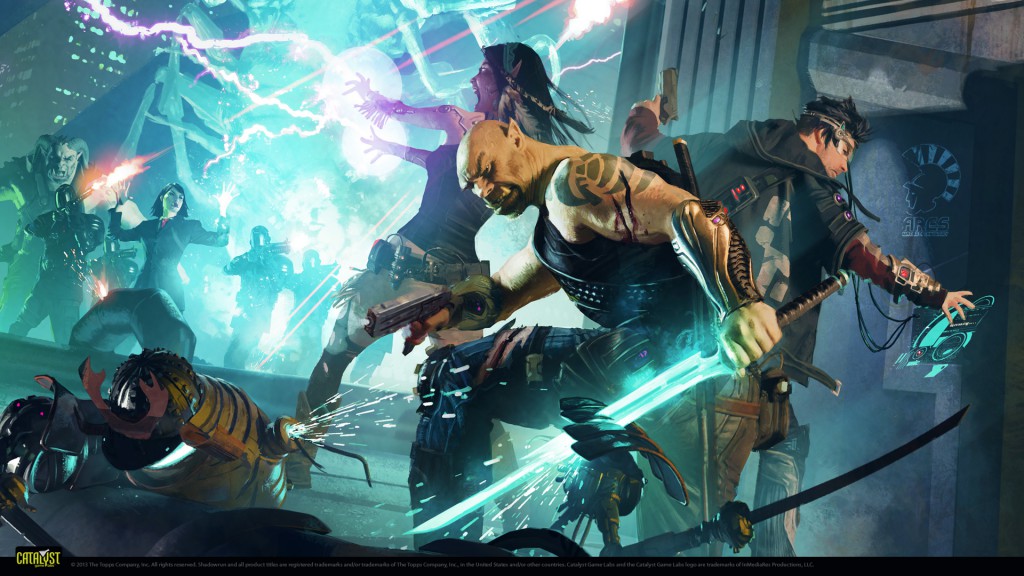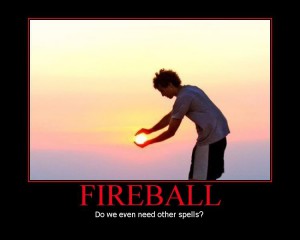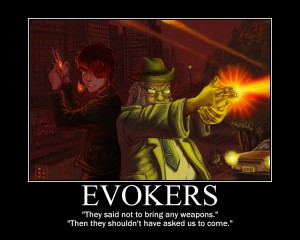Blaugust Post #30
A major part of what makes Burning Wheel interesting to me is the character creation. The Lifepath system is really a modified version of point-buy, but you have the character’s entire backstory built-in to the process. It’s got some… balance issues, but it makes the actual process of creating a character rather fun.
The basics are that you determine the various professions and/or roles that your character follows through life. Each one adds Time (measured in years), Resources, Skill Points, and Trait Points, some of which will automatically be spoken for in the way of required skills/traits. They’re divided into settings, such as City Dweller, Noble Court, etc. Your next lifepath can be any that you qualify for in your current setting, or a setting specified by the last lifepath you took. Moving to some settings (such as Noble Court) is fairly difficult, but some settings (such as Outcast) can be entered from almost anything.
Learn by Doing
To demonstrate the process, I’ll start with a character concept from the first RPG I played where I was more focused on the character than the character’s combat effectiveness. (The fact that the setting was modified World of Darkness helped this a lot.) Zane Dimetrius was a sorcerous professor with a decent bit of martial ability. He specialized in earth spells, but that doesn’t really seem to be an option in this system. In Burning Wheel, this means he’ll need to pick up lifepaths along the way that enable magic and some bit of physical ability, while I’d like to end at Scholar (which is in City Dweller).
Looking at Scholar, it informs some other requirements by itself. It requires either one of a number of related academic lifepaths or any sorcerous one. Since this character is intended to be a spellcaster anyway, that requirement shouldn’t be too hard to meet. You have to start with a “Born” lifepath, and I decided to go for Born Noble. Being born noble gives you the required trait “Mark of Privilege” (which may or may not be good depending on where you find yourself). The bit of martial ability is covered by becoming a Page. Page is normally the start of the path to Knight (you also have to go through Squire), but Zane decided that wasn’t for him and moves off to Arcane Devotee. This is the Noble version of the “starter” spellcaster lifepath; it grants the “gifted” trait required to actually cast spells.
From there we move out of the Noble setting. Arcane Devotee can lead to the City Dweller setting, which contains Sorcerer. (It can alternately lead to the Noble Court setting, which contains the somewhat different Court Sorcerer). Having finally picked up the sorcery skill, we finish at Scholar.
Preliminary Results
Tallying up everything gained in this process, we have a character who is 37 years old, with the required traits Base Humility, Mark of Privilege, and Know-it-All. Gifted is also a requirement, but doesn’t come automatically, one of the remaining 3 trait points must be spent on it. For skills, Riding, Calligraphy, Sorcery, and Read are required; many optional ones can come along with this choice of lifepaths like Write, Sword, and Instruction. The skill system is interesting enough to be expanded on in its own post, but there are a lot of skills listed in the book.
The number of stat points you have to spend is based on your final age, with some bonuses for various paths along the way. Generally starting older will give you more points for mental stats and fewer for physical stats, although starting younger than 15 will make you a bit short on both. While there are still plenty of decisions to make about where to spend all of the resulting points, the framework of the character is here. This is a lot more than you can get out of a lot of other systems, and it also makes the creation process itself interesting. Using a session to create characters while in a group seems like it would add some fun as well.

